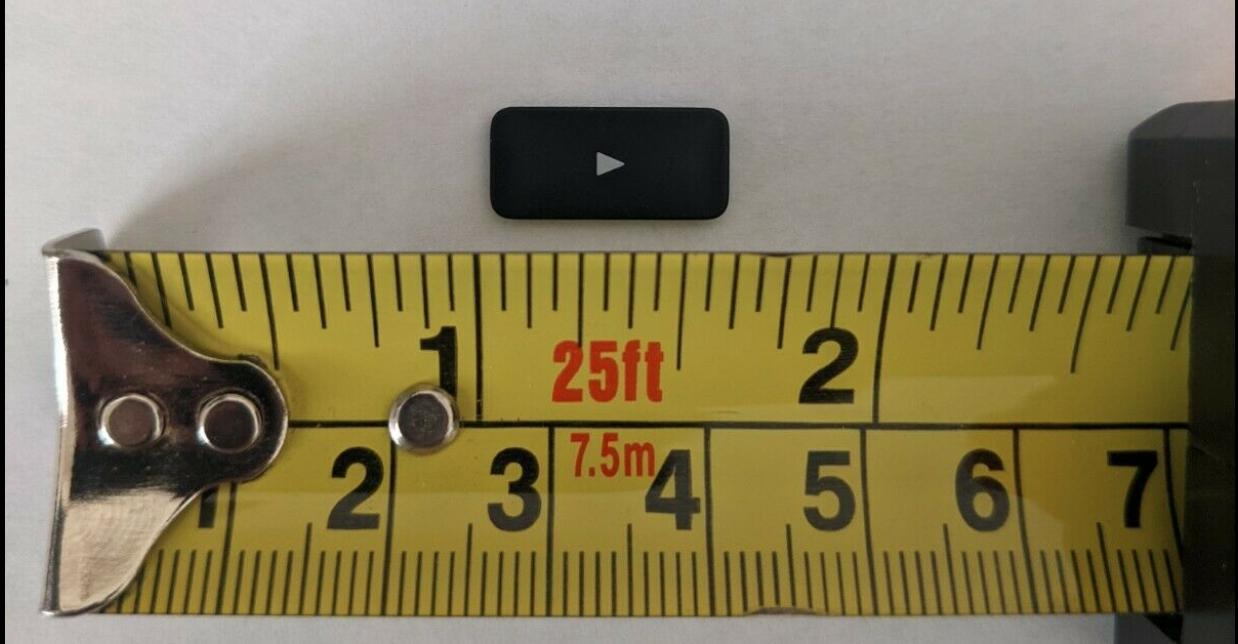Answers
Related Questions
A key joint in a precision machining process has a lower specification limit of a width of 0.99 mm and an upper specification limit of 1.01 mm. The standard deviation is 0.005 mm and the mean is 1 mm. What is the process capability index for the precision machining process
Answers
Answer:
the process capability index for the precision machining process is 0.667
Explanation:
Given the data in the question;
Lower Specification Limits LSL = 0.99 mm
Upper Specification Limits USL = 1.01 mm.
The standard deviation σ = 0.005 mm
mean μ = 1 mm
capability index Cpk = ?
Cpk = min( USL - μ / 3σ, μ - LSL / 3σ )
we substitute
Cpk = min( 1.01 mm - 1 mm / 3(0.005 mm ), 1 - 0.99 mm / 3(0.005 mm) )
Cpk = min( 0.01 mm / 0.015 mm, 0.01 mm / 0.015 mm )
Cpk = min( 0.6666, 0.6666 )
∴ Cpk = 0.6666 ≈ 0.667
Therefore, the process capability index for the precision machining process is 0.667
Which starting circuit uses fuses, switches, and smaller wires to energize a relay and solenoid?
Starter Main Circuit
Starter Control Circuit
Starter Ground Path
Battery Positive Cable
Answers
Answer:
Option B (Starter Control Circuit) is the right option.
Explanation:
This same switching is normally put upon this isolated side of something like the transmission Arduino microcontroller throughout the configuration that is using the ignition just to command the broadcast.It uses a secondary relay isolated to regulate electrical current throughout the solenoid starting system.All other given options are not related to the given instance. So the above option is correct.
3. Measurement ofla dimension
is
written as a
Answers
Answer:
Dimensions are expressed as width by length by height or depth in three-dimensional space.
hope it helps
Railroad tracks made of 1025 steel are to be laid during the time of year when the temperature averages 4C (40F). Of a joint space of 5.4 mm (0.210 in.) is allowed between standard rails of length 11.9 m (39 ft), what is the highest possible temperature that can be tolerated without the introduction of thermal stresses
Answers
Answer:
41.5° C
Explanation:
Given data :
1025 steel
Temperature = 4°C
allowed joint space = 5.4 mm
length of rails = 11.9 m
Determine the highest possible temperature
coefficient of thermal expansion ( ∝ ) = 12.1 * 10^-6 /°C
Applying thermal strain ( Δl / l ) = ∝ * ΔT
( 5.4 * 10^-3 / 11.9 ) = 12.1 * 10^-6 * ( T2 - 4 )
∴ ( T2 - 4 ) = ( 5.4 * 10^-3 / 11.9 ) / 12.1 * 10^-6
hence : T2 = 41.5°C
describe an engineering advance that has led to greater knowledge about the solar system
Answers
Answer:
Space Rovers
Explanation:
The engineering advancement of the invention space rovers has changed space exploration tremendously. The first space rover ever to go out onto another planet was made by NASA and put on mars to learn more about the red planet and see if there where any plausible signs of past or maybe even present life. This mission was incredibly successful and for the first time in space exploration history, there was a spacecraft that you could move around that could with do the conditions of the planet for weeks, months, sometimes years at a time, moving around taking pictures and constantly collecting data. This was revolutionary for scientists, this way they could get copious amounts of information just on rover and not having to send multiple crafts only to die in the first few hours but sending back a relative amount of information. With rovers you can have them collect samples and bring the back to earth, not something that could’ve been done without a human, until rovers. They have completely changed and improved collecting data from other planets and have been one of the most revolutionary inventions when it comes to space exploration.
This is what I put for the answer, hope it helps in some way.
